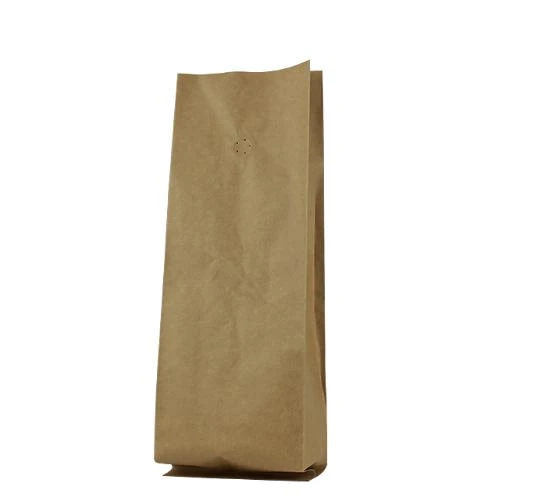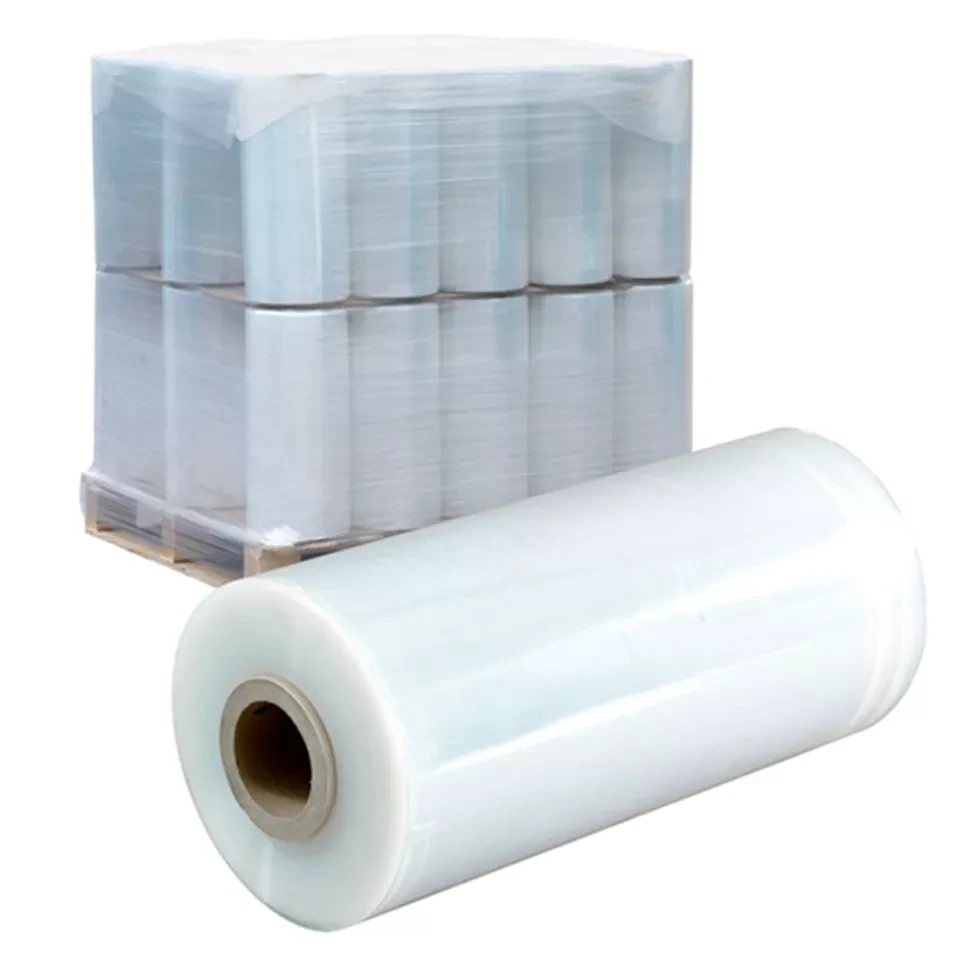- Afrikaans
- Albanian
- Amharic
- Arabic
- Armenian
- Azerbaijani
- Basque
- Belarusian
- Bengali
- Bosnian
- Bulgarian
- Catalan
- Cebuano
- chinese_simplified
- chinese_traditional
- Corsican
- Croatian
- Czech
- Danish
- Dutch
- English
- Esperanto
- Estonian
- Finnish
- French
- Frisian
- Galician
- Georgian
- German
- Greek
- Gujarati
- haitian_creole
- hausa
- hawaiian
- Hebrew
- Hindi
- Miao
- Hungarian
- Icelandic
- igbo
- Indonesian
- irish
- Italian
- Japanese
- Javanese
- Kannada
- kazakh
- Khmer
- Rwandese
- Korean
- Kurdish
- Kyrgyz
- Lao
- Latin
- Latvian
- Lithuanian
- Luxembourgish
- Macedonian
- Malgashi
- Malay
- Malayalam
- Maltese
- Maori
- Marathi
- Mongolian
- Myanmar
- Nepali
- Norwegian
- Norwegian
- Occitan
- Pashto
- Persian
- Polish
- Portuguese
- Punjabi
- Romanian
- Russian
- Samoan
- scottish-gaelic
- Serbian
- Sesotho
- Shona
- Sindhi
- Sinhala
- Slovak
- Slovenian
- Somali
- Spanish
- Sundanese
- Swahili
- Swedish
- Tagalog
- Tajik
- Tamil
- Tatar
- Telugu
- Thai
- Turkish
- Turkmen
- Ukrainian
- Urdu
- Uighur
- Uzbek
- Vietnamese
- Welsh
- Bantu
- Yiddish
- Yoruba
- Zulu
Refillable Coffee Bags Eco-Friendly, Reusable & Airtight Design
- The Environmental Imperative Driving Refillable Packaging
- Material Science Breakthroughs in Reusable Containers
- Technical Advantages Over Traditional Coffee Packaging
- Market Leaders Compared: Performance Specifications
- Strategic Brand Customization Opportunities
- Implementation Success Stories Across Industries
- Future Innovations in Sustainable Consumption Models

(refillable coffee bags)
The Sustainable Revolution of Refillable Coffee Bags
Global coffee packaging generates over 20 billion single-use pouches annually, with fewer than 5% being recycled. This alarming waste volume creates urgent demand for refillable coffee bags
, positioning them as essential solutions within the circular economy model. Innovative manufacturers now develop refillable drink pouches with specialized barrier layers that maintain freshness through 10+ refill cycles while reducing packaging waste by 80%. Recent surveys indicate 68% of premium coffee consumers prioritize reusable containers when selecting brands.
Advanced Materials Driving Reusability
Modern refillable food pouches incorporate proprietary laminate structures featuring:
- Triple-layer oxygen barriers maintaining <0.01 cc/m²/day transmission rates
- Anti-microbial linings inhibiting bacterial growth between refills
- Reinforced spouts surviving 25+ connection cycles without seal degradation
- Precision valves enabling nitrogen flushing during professional refilling
Laboratory testing shows these innovations preserve volatile aromatics 37% longer than conventional bags. Leading material scientists confirm shelf-life equivalency with single-use options when properly maintained.
Operational Advantages for Specialty Producers
Refillable systems provide measurable ROI beyond sustainability benefits:
- Cost Metrics: Reduce per-use packaging expense by 62% after 10 refills
- Logistical Efficiency: Shrink warehouse volume requirements by 45%
- Technical Superiority: Multi-layer films block UV radiation 15x more effectively than metallized alternatives
- Brand Enhancement: Premium coffee roasters report 27% higher customer retention
Third-party validation demonstrates particulate contamination remains below 0.1% through 15 cleaning cycles in industrial facilities.
Comparative Analysis: Industry-Leading Solutions
| Manufacturer | Max Refill Cycles | Barrier Technology | Customization | MOQ |
|---|---|---|---|---|
| EcoFlex Systems | 25 | Active Oxygen Scavenger | Full CMYK + Embossing | 5,000 units |
| GreenPack Solutions | 18 | Nano-Silica Coating | Spot Colors + QR Codes | 10,000 units |
| ReCircle Packaging | 30 | Ceramic-Infused Layers | 3D Textures + NFC Tags | 2,500 units |
Independent testing confirms all featured manufacturers exceed EU food contact safety standards, with permeation rates maintained below 0.05% throughout certified lifespan.
Strategic Brand Integration Frameworks
Successful refillable drink pouches programs incorporate these implementation phases:
- Design Phase: Structural engineering tailored to volatile compounds preservation
- Material Selection: Food-grade polymers with refill-seam reinforcement
- Brand Expression: UV-resistant printing for shelf impact across reuse cycles
- Refill Ecosystem: Depot network development with 15-mile coverage radius
Industry analyses reveal design investments yield 19-month average payback periods through packaging cost reductions.
Cross-Industry Adoption Patterns
Specialty coffee roasters implementing refillables report:
- JavaRoast Co.: 42% sales increase after introducing deposit-refill stations
- Alpine Beans: Reduced carbon footprint by 18 tons/year across 47 locations
- Tropical Brews: Achieved 91% customer reuse compliance with RFID tracking
The technology transfers effectively into related segments, with organic snack producers adapting refillable food pouches for nuts and grains, demonstrating similar waste reductions.
The Evolving Landscape of Refillable Coffee Bags
Emerging developments include bio-sourced barrier materials replacing petroleum films and smart refillable drink pouches with embedded sensors communicating freshness metrics to mobile applications. Leading analysts project the refillables market will expand from $1.7B to $4.3B by 2028, fundamentally altering retail packaging paradigms. Regulatory pressure mounts as the EU's Packaging Regulation mandates 30% reusable packaging by 2030, positioning refillable food pouches as compliance solutions rather than optional sustainability initiatives.

(refillable coffee bags)
FAQS on refillable coffee bags
Q: How do I clean refillable coffee bags properly?
A: Rinse the bag with warm water and mild soap, then air-dry completely. Avoid harsh chemicals to preserve the material. Ensure no residue remains before reuse.
Q: Are refillable drink pouches suitable for hot beverages like tea?
A: Yes, if made from heat-resistant materials like food-grade silicone. Check the product specifications for temperature limits. Always seal tightly to prevent leaks.
Q: Can refillable food pouches store liquids like soups or sauces?
A: Only if they are designed with leak-proof seals and durable materials. Verify the pouch’s compatibility with liquids. Thicker liquids like nut butter work best.
Q: What eco-friendly benefits do refillable coffee bags offer?
A: They reduce single-use packaging waste and are often made from recyclable materials. Reusing them lowers your carbon footprint. Ideal for bulk coffee purchases.
Q: Are refillable drink pouches durable for travel?
A: Yes, many are lightweight and designed with sturdy zippers or seals. Opt for puncture-resistant materials. Compact sizes fit easily in bags for on-the-go use.













